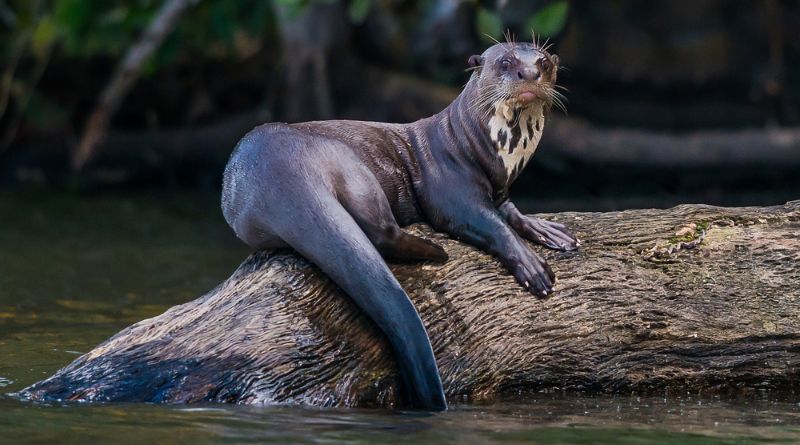Nestled within the lush expanse of the Florida Everglades lies a captivating world of diverse and fascinating wildlife. From iconic predators to graceful wading birds, this unique ecosystem teems with life, each species playing a vital role in its intricate web of existence. In this blog, we embark on a journey to uncover the remarkable creatures that inhabit these wetlands, delving into their behaviors, habitats, and significance within this thriving ecosystem.
From the powerful American alligator, a symbol of resilience and strength, to the elusive Florida panther, a majestic and endangered big cat, we’ll explore the charismatic megafauna that roam these marshy landscapes. We’ll also encounter gentle giants like the West Indian manatee and striking avian species such as the roseate spoonbill, each contributing to the Everglades’ rich biodiversity.
1. American Alligator

The American alligator, a prominent resident of the Florida Everglades, serves as a keystone species in this unique ecosystem. These large reptiles play a crucial role as top predators, regulating the populations of smaller animals like fish, turtles, and birds. By controlling these populations, alligators help maintain a balance within the wetlands, preventing overgrazing and ensuring the health of plant communities. Additionally, their presence creates habitats for other species during the dry season by digging out gator holes that retain water, benefiting a variety of wildlife. Despite being powerful predators, alligators generally avoid conflicts with humans unless provoked, making them a fascinating and relatively harmless part of the Everglades’ natural order.
Also Read- 7 Top Friendly Pet Bird Species
2. Florida Panther

The Florida panther, a subspecies of the cougar, is a majestic and endangered big cat that roams the vast expanses of the Everglades. This iconic species faces numerous challenges, primarily stemming from habitat loss, fragmentation, and human interactions such as vehicle collisions. Efforts to protect and conserve the Florida panther are ongoing, including habitat restoration projects, wildlife corridors, and conservation education initiatives. These efforts aim to mitigate the threats faced by panthers, ensuring their survival and contributing to the overall biodiversity and ecological balance of the Everglades.
3. West Indian Manatee
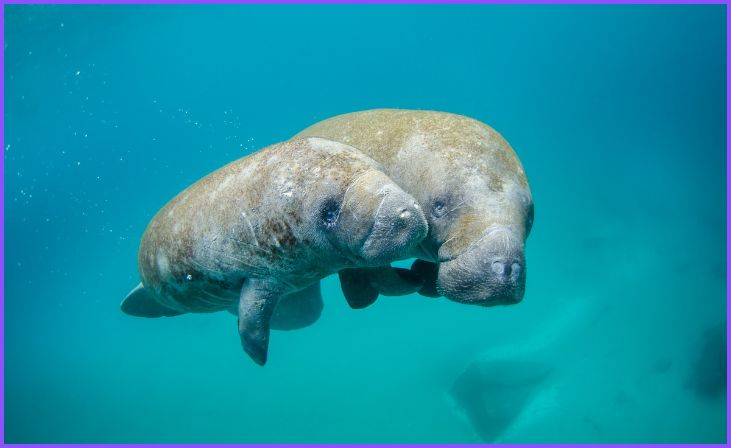
The West Indian manatee, a gentle giant of the Everglades, thrives in the brackish waters of this unique ecosystem. These herbivorous mammals play a vital role in maintaining aquatic vegetation, which in turn supports diverse fish populations. Despite their peaceful nature, manatees face threats such as boat strikes, habitat loss, and water pollution. Conservation efforts, including speed zone regulations, habitat protection, and rescue and rehabilitation programs, are crucial for safeguarding these iconic creatures and their habitats in the Everglades.
4. Roseate Spoonbill
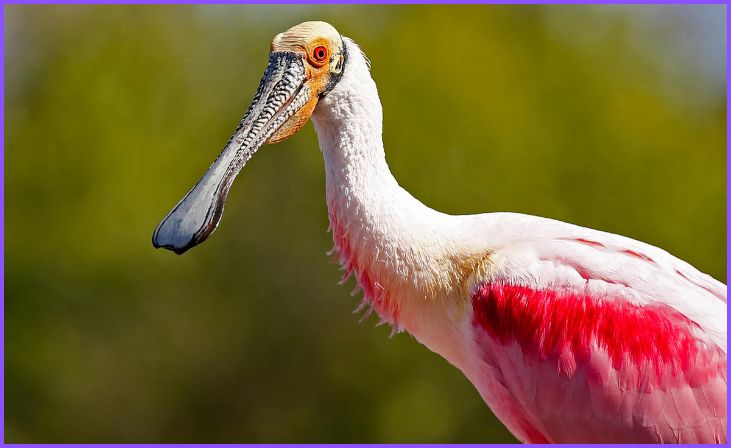
The roseate spoonbill is a visually stunning bird species that adds to the vibrant tapestry of life in the Everglades. Known for its distinctive pink plumage and spoon-shaped bill, this wading bird is often seen foraging in shallow waters for crustaceans, small fish, and insects. Their presence indicates the health of wetland ecosystems, as they rely on undisturbed habitats for nesting and feeding. Conservation efforts focused on wetland preservation and water quality management benefit species like the roseate spoonbill, ensuring their continued presence in the Everglades.
5. American Crocodile
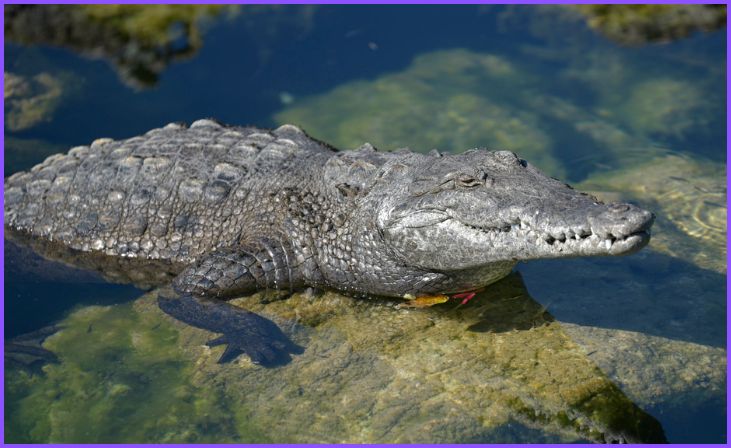
In addition to alligators, the American crocodile is another formidable reptilian resident of the Everglades. These crocodiles prefer coastal habitats such as mangrove swamps and estuaries, where they play a role as apex predators. Conservation efforts aimed at protecting crocodile habitats and mitigating human-wildlife conflicts are essential for the survival of this species. Coexistence strategies, habitat restoration projects, and public awareness campaigns contribute to the conservation of American crocodiles in the Everglades.
6. Burmese Python

The Burmese python, an invasive species in the Everglades, has become a significant ecological concern due to its impact on native wildlife. These large constrictor snakes prey on a wide range of animals, including mammals, birds, and reptiles, disrupting the natural balance of the ecosystem. Efforts to manage and control python populations through removal programs, research initiatives, and public education campaigns are essential for mitigating their negative effects on native species and preserving the biodiversity of the Everglades.
7. Wood Stork
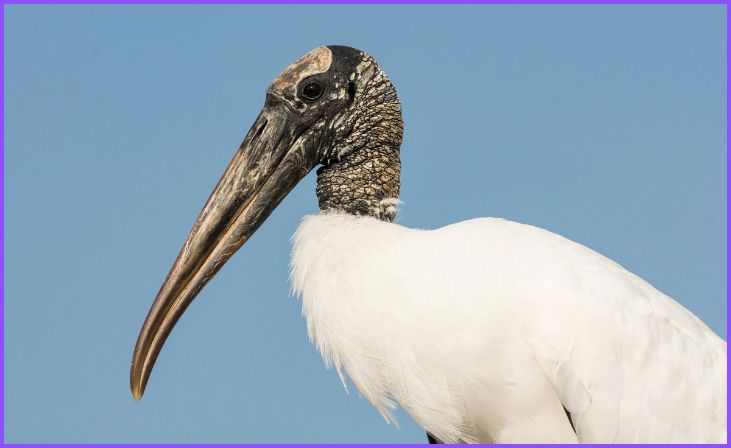
The wood stork, with its distinctive bald head and large size, is a key avian species in the Everglades’ wetland ecosystems. These wading birds nest in cypress swamps and forage in shallow waters for fish, frogs, and other aquatic prey. Their presence indicates the health of wetland habitats and the availability of suitable nesting sites. Conservation efforts focused on wetland restoration, water management, and protection of feeding and nesting areas benefit wood stork populations, ensuring their continued presence and contributing to the overall biodiversity of the Everglades.
8. Florida Softshell Turtle

The Florida softshell turtle is a common sight in the waters of the Everglades, known for its flattened shell and long neck. These turtles are skilled swimmers and adept hunters, feeding on a variety of aquatic prey. As key members of the Everglades’ freshwater ecosystems, softshell turtles play a role in nutrient cycling and maintaining ecological balance. Conservation efforts that address water quality, habitat protection, and sustainable management of turtle populations contribute to the preservation of these fascinating reptiles in the Everglades.
9. Everglades Snail Kite
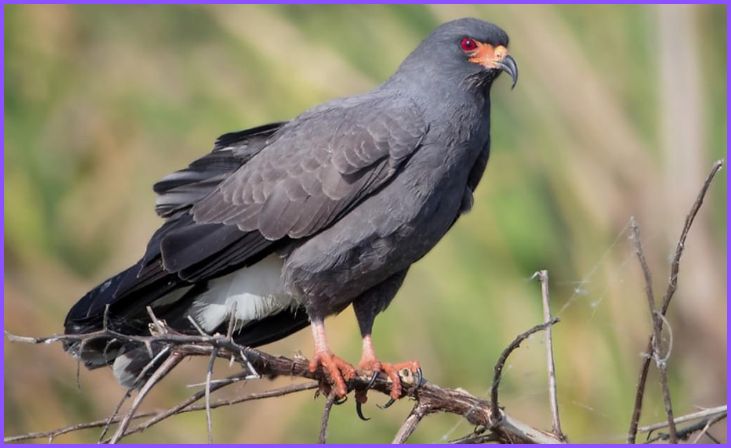
The Everglades snail kite is a specialized bird of prey that relies primarily on apple snails for its diet. Endemic to the Everglades, this species is an indicator of wetland health and habitat quality. Conservation efforts focused on preserving wetland habitats, restoring natural water flow, and addressing invasive species impacts are crucial for the survival of the Everglades snail kite. These efforts support the delicate balance of predator-prey relationships and contribute to the overall biodiversity and ecological resilience of the Everglades.
10. Eastern Diamondback Rattlesnak

As the largest venomous snake in North America, the eastern diamondback rattlesnake inhabits various habitats within the Everglades. Despite its fearsome reputation, this snake plays a vital role in the ecosystem as a predator, controlling rodent populations and contributing to nutrient cycling. Conservation efforts that promote habitat conservation, reduce human-wildlife conflicts, and raise public awareness about the importance of rattlesnakes in the Everglades ecosystem are essential for their conservation and coexistence with humans.
For More: 8 Awesome Fluffy Chicken Breeds
Conclusion
As we conclude our exploration of the diverse wildlife inhabiting the Florida Everglades, it becomes evident that these wetlands are not just a natural wonder but also a vital ecosystem that requires our protection and conservation efforts. From the iconic American alligator to the endangered Florida panther and a myriad of other species, each animal plays a crucial role in maintaining the delicate balance of this unique environment.
Conservation initiatives, habitat restoration projects, and public awareness are paramount in ensuring the survival of these animals and the preservation of the Everglades’ rich biodiversity. By understanding and appreciating the significance of these creatures and their habitats, we can work together to safeguard their future and continue enjoying the beauty and wonders of this natural paradise.
FAQs
While alligators are powerful predators, they typically avoid humans unless provoked. It’s essential to respect their space and adhere to safety guidelines when visiting their habitats.
Florida panthers face threats such as habitat loss, fragmentation, and human-wildlife conflicts, leading to their endangered status. Conservation efforts focus on preserving their habitats and mitigating these threats.

